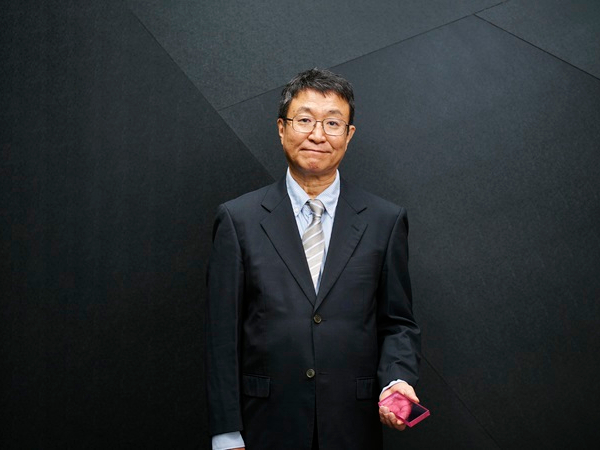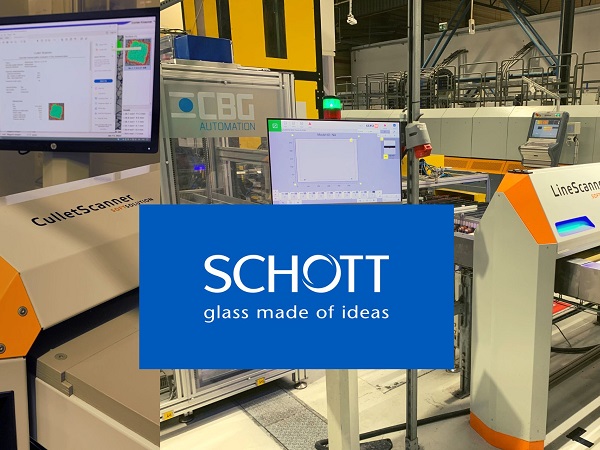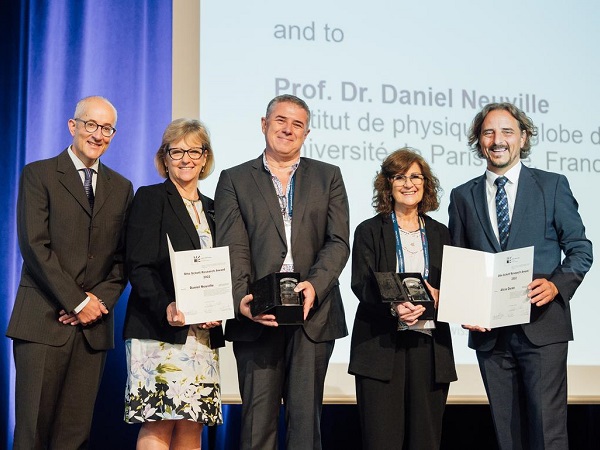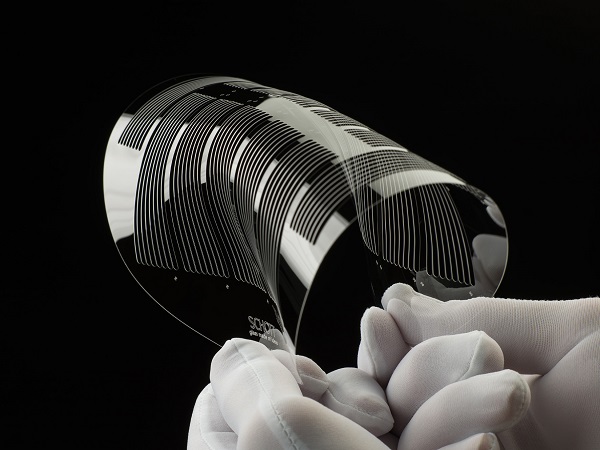Date: 17 July 2007
The thirty year partnership between physicists and glass experts has turned this technological masterpiece into reality.
As Carl Sagan used to say, we are all made of star stuff. The American astronomer and author was merely trying to say that the chemical elements that make up all materials, including human beings, were forged inside supernovae billions of years ago and are still being forged there today. It has never been possible to reach these hot stars that can only be seen through telescopes. But, by the year 2010, this should change, when the National Ignition Facility (NIF) will be able to allow an extremely small, yet extremely hot, super novae to glow for a few trillionths of a second in order to decode the earliest origins of matter. The fusion plasma that results could one day even serve as a source of power generation in a power plant.
When the 192 lasers at the Lawrence Livermore National Laboratory (LLNL) in California shoot 500 trillion watts of power (a 5 followed by 14 zeros) into a spherical target only a few millimeters in size that is filled with deuterium and tritium, the big brothers of hydrogen, to ignite a plasma with a temperature of 100 million degrees, this will also mark a huge success for the SCHOTT Advanced Optics team from North America. The glasses produced by the plant in Duryea, Pennsylvania, represent key components, because the light of the neodymium glass laser is generated inside several thousand glass slabs 745 by 425 by 45 millimeters in size. In terms of their size, chemical composition and precision, this glass is unique in the world today.
This level of technological excellence only becomes possible when the customer and the supplier work closely together to overcome the obstacles that inevitably result from such a mammoth project. LLNL and SCHOTT have been working together for 30 years. Even back in the seventies, SCHOTT produced phosphate glass for use in lasers that had conventional spherical shapes back then. Over time, the demands of the research lab increased along with the technology, however, SCHOTT was always able to meet them by providing new types of glass and manufacturing methods. For this reason, it was really only a matter of course for LLNL to get in touch again with the company when planning of the NIF started to unfold. By working together, experts from SCHOTT and LLNL succeeded in developing a new type of glass, as well as a manufacturing technique for making the slabs. Initially, the laser glass was melted during various working steps. Later, this took place using one continuous process. This increased the speed of manufacturing by twenty times, while reducing the costs by a factor of five.
Development of the glass types used in the NIF lasers took nearly five years. Clearly, not everything went smoothly, but this was hardly a surprise, when one considers that the boundaries of what is technologically possible had to be explored. Finally, SCHOTT succeeded in initially manufacturing 200 glass slabs that offered the required properties. In 2005, early experiments confirmed that the lasers would be able to function as desired and that ignition of the plasma would, in fact, take place as originally calculated, as soon as all of the 192 lasers went into operation. These efforts also paid off for SCHOTT. The manufacturing technique used for the NIF glass is also being used for the French megajoule laser now being built near Bordeaux.
Heart of glass
The light produced by the NIF laser is generated inside special glass slabs that were manufactured at the SCHOTT site in Duryea, U.S.A. However, this only works, if the correct exact chemical formulation is used. Here, neodymium atoms that give the glass a violet color and are excited by bolts of light play a key role. When they return to their original state, infrared light that increases its own intensity inside glass is released, much like an avalanche. The beam of light that leaves the glass is focused onto one extremely small point for only a few billionths of a second.
that were manufactured at the SCHOTT site in Duryea, U.S.A. However, this only works, if the correct exact chemical formulation is used. Here, neodymium atoms that give the glass a violet color and are excited by bolts of light play a key role. When they return to their original state, infrared light that increases its own intensity inside glass is released, much like an avalanche. The beam of light that leaves the glass is focused onto one extremely small point for only a few billionths of a second.







Add new comment